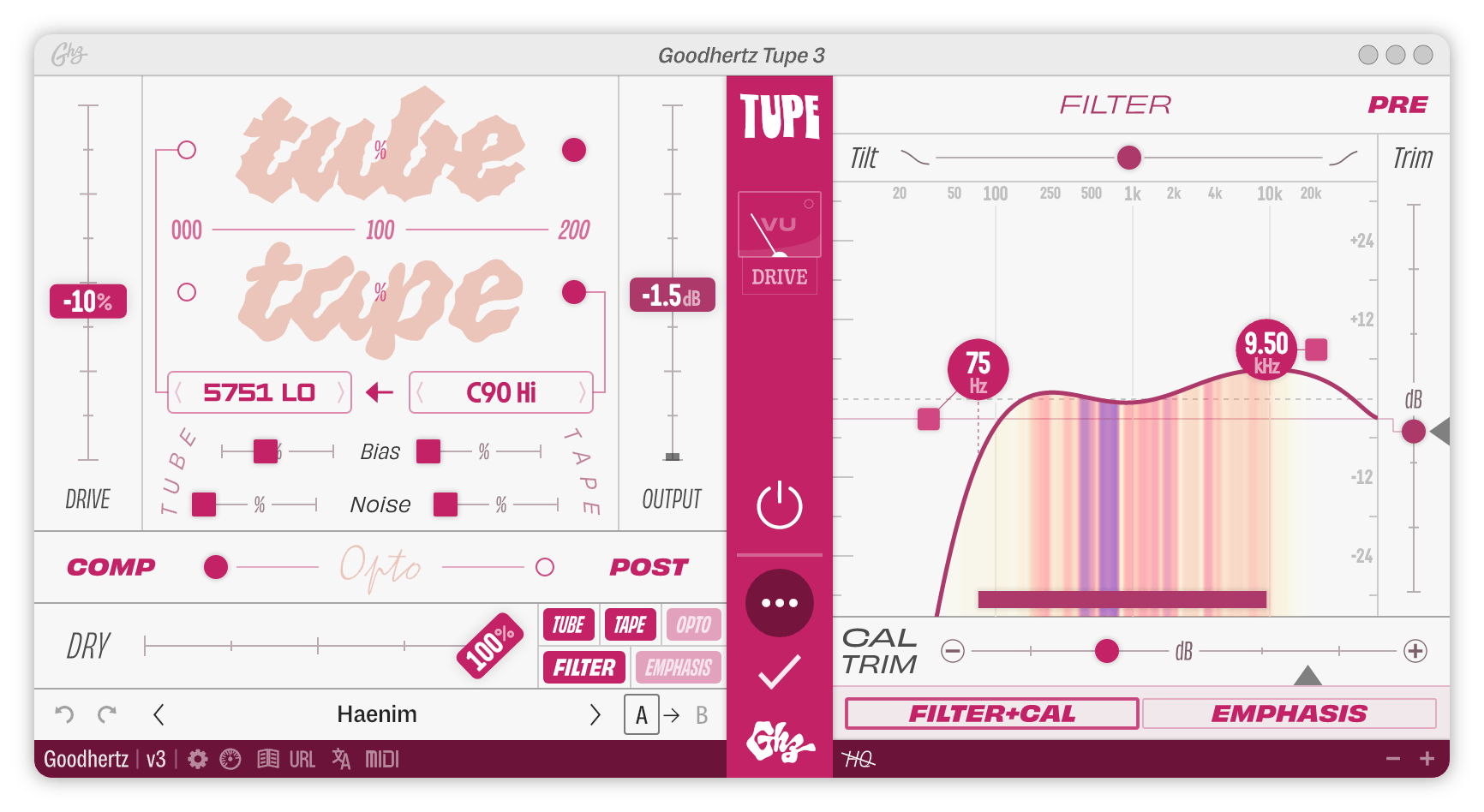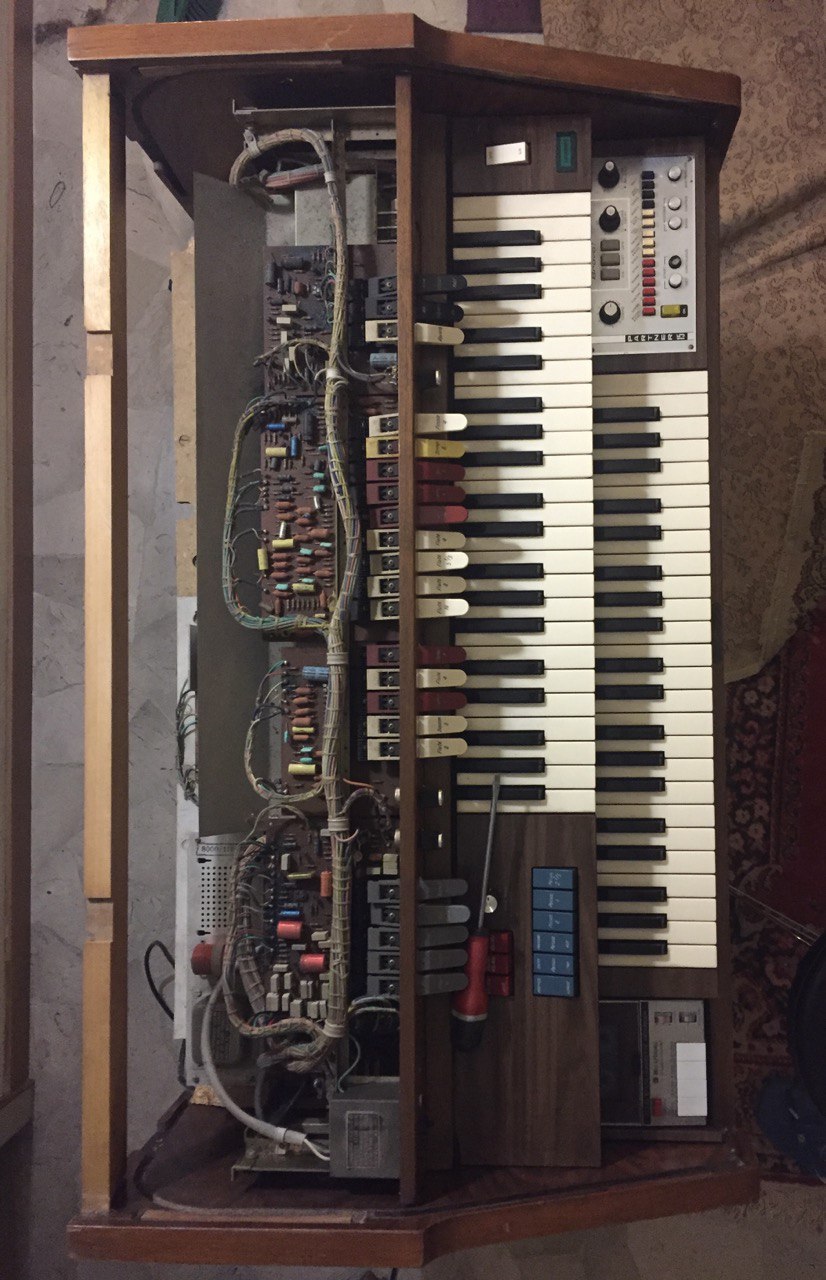Domenico StefaniResearch and Coding
______ ______ ______ __ ______ ______ __ __ ______ ______
/\ ___\ /\ __ \ /\ __ \ /\ \ /\ ___\ /\__ _\ /\ \/\ \ /\ ___\ /\ ___\
\ \ \____ \ \ \/\ \ \ \ \/\ \ \ \ \____ \ \___ \ \/_/\ \/ \ \ \_\ \ \ \ __\ \ \ __\
\ \_____\ \ \_____\ \ \_____\ \ \_____\ \/\_____\ \ \_\ \ \_____\ \ \_\ \ \_\
\/_____/ \/_____/ \/_____/ \/_____/ \/_____/ \/_/ \/_____/ \/_/ \/_/
A few days ago I had an interesting conversation with Jelle who is a musician and mixing/mastering engineer. He shared his super cool Music Production Manifesto which is filled with useful tips for music production, both technical and creative.
We also got to talk about cool virtual production tools and he introduced me to plugins like the Digitalis by Aberrant DSP, TUPE by GoodHertz, and the plugins by Unfiltered Audio.



Interestingly, I have been working on a bitcrusher/downsampler plugin for a couple of months now, and at the very beginning of the process I thought it would have been a good idea to go for a retro-computing look, maybe inspired by the first MacOS version with its black and white charm.
I think I was unconsciously inspired by the computers with Cubase 1.0 that I saw at the (Not) Obsolete Museum in Ramsgate, UK, managed by Sam Battle of Look Mum No Computer.
What's funny is that Aberrant DSP came up with the same idea for their Digitalis plugin, probably much earlier.
What will probably happen is that I will finish my plugin and send them an email asking if they are cool with my plugin having a similar look, since its gui originated from a genuine interest in the retro computing aesthetic and not as a copycat of their plugin.
The Plug-in Archeology project by Matthijs Hollemans/audiodev.blog.
This is an extremely interesting project that has the aim to restore older plugins while learning how other developers code and solve problems.
Links:
- audiodev.blog/plugin-archeology/
- MDA plug-ins in JUCE: github.com/hollance/mda-plugins-juce
- Airwindows plug-ins in JUCE: github.com/hollance/airwindows-juce
Ever wondered how the inside of a 1960s Farfisa electronic organ looks like?
Wonder no more:

Those cable snakes are mesmerizing. They are tied up with cotton wire!
Also, these are a mess to fix without a service manual, but the circuitboards
are very accessible.
I still don't know the model name of this, but I got it from a storage box guy
that kinda auctioned it, like in those cheesy
reality tv shows.
This used to be in a church in Venice, then the priest moved it to a storage box and
sometimes down the line he stopped paying rent, and this was put up for sale.
The sound of this has nothing to do with cool Hammond organs,
but it is cool in its right, has a crazy unique arpeggiator/sequencer
with drum sounds, decay control, filters and a bunch of preset rythms, plus a tempo
knob that goes to ludicrous speed.